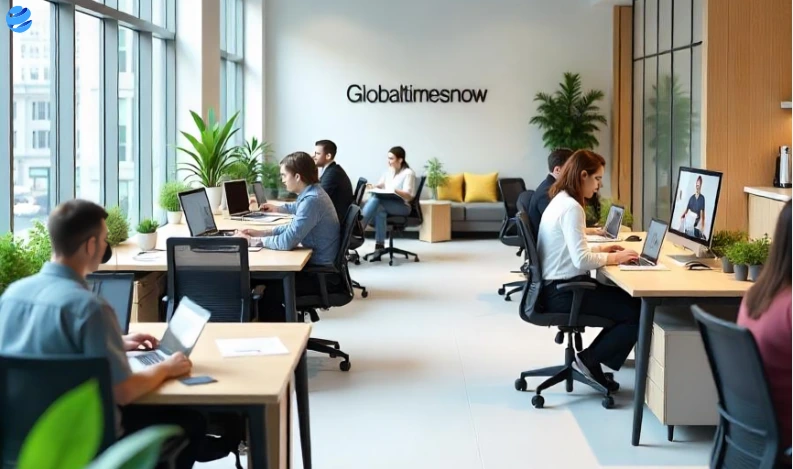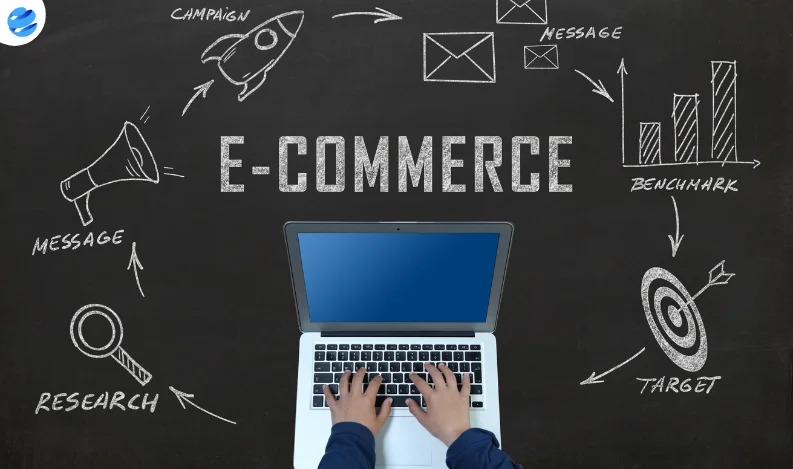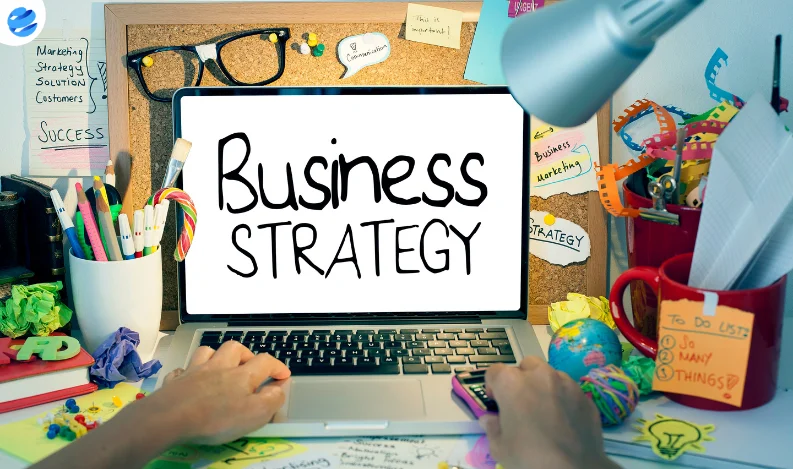The COVID-19 pandemic has forever changed the way we work, pushing organizations to adapt to unprecedented challenges. From the widespread adoption of remote work to the reevaluation of office spaces, the post-pandemic workplace is no longer just a physical space—it’s a dynamic, flexible ecosystem designed to foster collaboration, productivity, and well-being. As businesses look toward the future, the key to success lies in creating work environments that embrace change, prioritize employee needs, and leverage technology to bridge the gap between physical and digital workspaces.
The Evolution of Work: Why Change Is Necessary
The traditional office model, with its rigid 9-to-5 schedule and fixed locations, is no longer sustainable. Employees now seek flexibility, autonomy, and environments that support their professional and personal lives. A recent survey by PwC found that 72% of employees prefer a mix of in-office and remote work, signaling the rise of the hybrid workplace.
Key drivers for redesigning the workplace include:
- Employee Expectations: Workers now demand flexibility, well-being, and purpose-driven roles.
- Globalization: Teams are increasingly distributed, requiring systems that support collaboration across time zones.
- Technological Advancements: New tools enable seamless connectivity and virtual collaboration.
- Health and Safety Concerns: The pandemic underscored the need for proactive health measures and resilient workplace strategies.
Core Principles for Redesigning the Workplace
To thrive in the post-pandemic era, organizations must rethink their approach to workspaces, processes, and culture. Here are the essential principles guiding the transformation:
1. Flexibility at the Core
The future workplace must cater to diverse workstyles, blending remote and on-site options to create a hybrid model. This flexibility allows employees to choose environments that maximize their productivity.
Implementation Tips:
- Activity-Based Workspaces: Design offices with hot-desking, quiet zones, and collaborative areas to suit different tasks.
- Remote Work Policies: Clearly define guidelines for remote work, ensuring consistency and fairness.
- Outcome-Oriented Management: Shift focus from hours worked to results achieved.
2. Prioritizing Employee Well-Being
Well-being is no longer a nice-to-have; it’s a business imperative. Supporting employees’ mental, physical, and emotional health directly impacts engagement and performance.
Well-Being Strategies:
- Offer mental health resources, such as counseling services and wellness programs.
- Design ergonomic workstations, both in-office and for remote employees.
- Encourage regular breaks, flexible hours, and vacation use to prevent burnout.
3. Technology as an Enabler
Digital tools are the backbone of the modern workplace, enabling teams to stay connected regardless of location. Investing in the right technology ensures efficiency and inclusivity.
Tech Recommendations:
- Use collaboration platforms like Microsoft Teams, Slack, or Zoom for seamless communication.
- Leverage cloud-based project management tools like Trello or Asana to track progress.
- Invest in cybersecurity measures to protect sensitive data across distributed teams.
4. Health and Safety Redefined
Post-pandemic offices must focus on creating safe environments where employees feel secure. Safety protocols and touchless technology will play a significant role in shaping these spaces.
Health-Focused Design:
- Introduce touchless entry systems, air purification technology, and sanitation stations.
- Space out workstations to maintain physical distancing.
- Offer hybrid meeting setups to reduce the need for in-person gatherings.
5. Fostering Collaboration and Community
While remote work offers flexibility, it can also lead to isolation. Redesigning the workplace to foster collaboration and connection will help teams maintain cohesion and creativity.
Ideas to Build Community:
- Host regular team-building activities, both in-person and virtual.
- Create open spaces in the office for brainstorming and casual interactions.
- Encourage mentorship programs to foster relationships and knowledge-sharing.
The Benefits of a Reimagined Workplace
Investing in a post-pandemic workplace redesign delivers measurable benefits for both employees and organizations:
- Increased Productivity: Flexible environments empower employees to work when and where they’re most effective.
- Stronger Talent Retention: Employees are more likely to stay with organizations that value their needs and well-being.
- Enhanced Collaboration: Technology and thoughtful design make teamwork seamless across remote and in-office settings.
- Cost Savings: Reduced office space requirements and optimized operations lower overhead costs.
- Improved Brand Reputation: A forward-thinking approach to workplace design positions organizations as industry leaders.
Leadership in the Post-Pandemic Era
Effective leadership is the cornerstone of a successful workplace transformation. Leaders must embrace empathy, adaptability, and innovation to guide their teams through this period of change.
Key Leadership Strategies:
- Encourage Open Communication: Regularly seek employee feedback on workplace policies and culture.
- Model Flexibility: Lead by example, showing openness to hybrid work and new ideas.
- Focus on Purpose: Connect employees’ work to the organization’s larger mission to inspire motivation and loyalty.
Conclusion: Building the Workplace of Tomorrow
The post-pandemic workplace is more than a physical space—it’s a mindset shift. By prioritizing flexibility, well-being, and technology, organizations can create environments that empower employees and drive business success.
As the world moves forward, companies that embrace these changes will not only adapt to the new normal but thrive in it. The question for leaders isn’t whether to redesign the workplace—it’s how to do it effectively. The future of work is here, and it’s more dynamic, inclusive, and innovative than ever before.
You may also like:-














